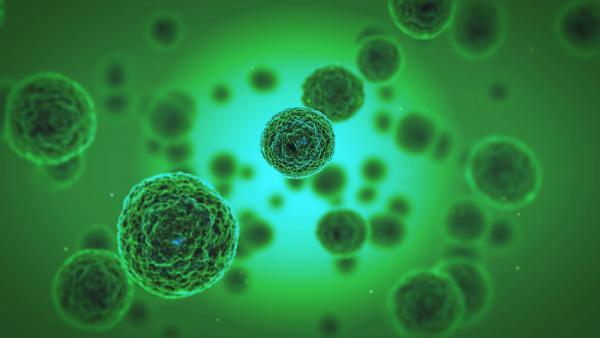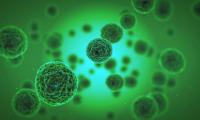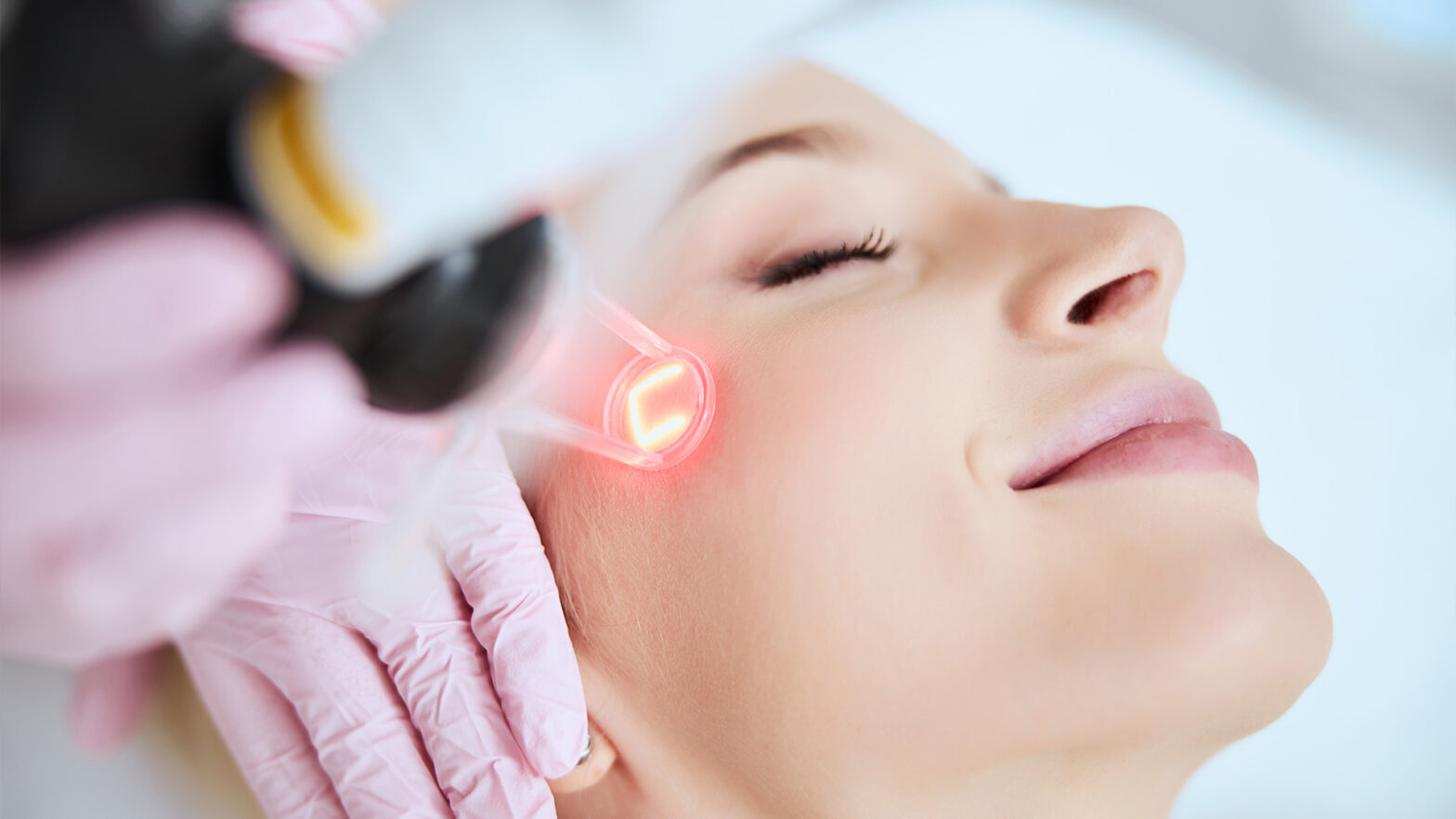
Tru-D SmartUVC Proven decrease incidence of infection from superbugs in nine hospital randomized clinical trial.
A ground breaking study on UVC disinfection was presented at IDWeek 2015 in San Diego, and the results show that Tru-D SmartUVC significantly reduces health care-associated infections (HAIs) caused by common multidrug-resistant organisms (MDRO) in hospitals. Tru-D SmartUVC has the proven ability to reduce environmental pathogens by measuring the necessary reflective dose required to thoroughly disinfect a hospital room, and therefore, Tru-D was the UVC device selected for this study.
Results of the landmark Benefits of Enhanced Terminal Room Disinfection study showed that the three enhanced terminal room disinfection strategies decreased the cumulative incidence of MDROs by 10 to 30 percent, and the largest decreases were seen when a UVC emitting device was added to the standard cleaning strategy. Such reduction rates, validated through the largest randomized clinical trial, differentiate Tru-D technology.
The study’s primary outcome showed the clinical incidence of an MDRO in the next patient to occupy the room for at least 24 hours after disinfection. It also showed that incorporating Tru-D into hospital disinfection protocols for the rooms at highest risk to harbor pathogens was seamless. Furthermore, adding a cycle of measured-dose UVC light only added up to 10 minutes to the total room turnover time.
‘The hospital environment is an important component to patient care,’ said Deverick J. Anderson, MD, MPH, of Duke University Medical Center, during his presentation at IDWeek. ‘For example, several studies have demonstrated that risk of acquisition is higher in patients who enter rooms recently vacated by a patient with MDROs. This risk likely comes from two important factors. First, these organisms can persist in the environment, and second, these organisms are often allowed to persist in the environment, as the status quo of room cleaning is often inadequate.’
Anderson also reported that the room turnover time increased by five to ten minutes with the use of the UVC emitting device, and hospitals did not see an increase in the amount of time patients spent in the emergency room or an increase in the rates of diversion.
‘We want to thank the skilled team of researchers at Duke Medicine for dedicating their time and expertise to validating the efficacy of measured-dose UV light,’ said Chuck Dunn, president and CEO of Tru-D Smart LLC. ‘It remains undeniable that Tru-D SmartUVC is a proven method in eradicating HAIs, and we look forward to arming hospital leaders with this newly published study as they and their staff continue the battle against multidrug-resistant organisms.’
The staggering numbers of HAI’s are driving health care leaders to enhance existing disinfection efforts. Validated by multiple independent peer-reviewed studies, Tru-D SmartUVC is the pioneer in the UVC disinfection space and is proud to be the go-to technology changing health care today and well into the future.



















